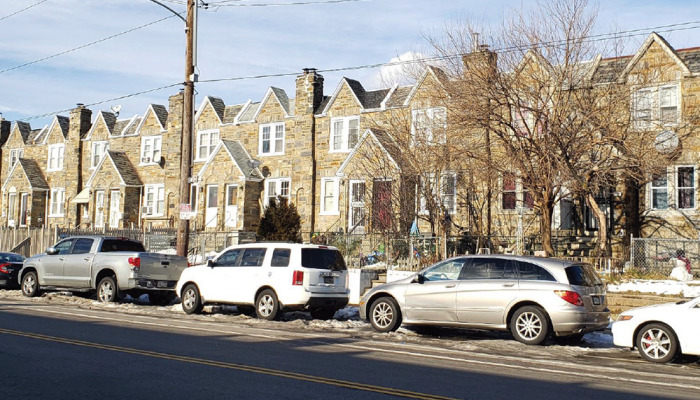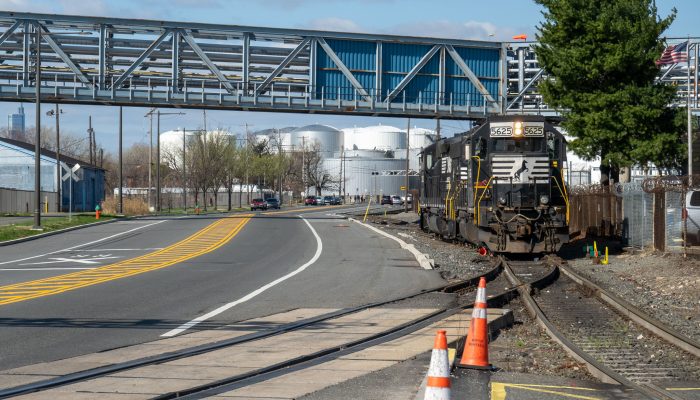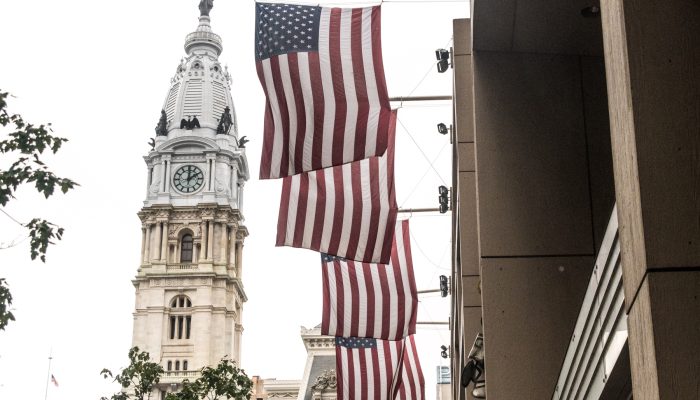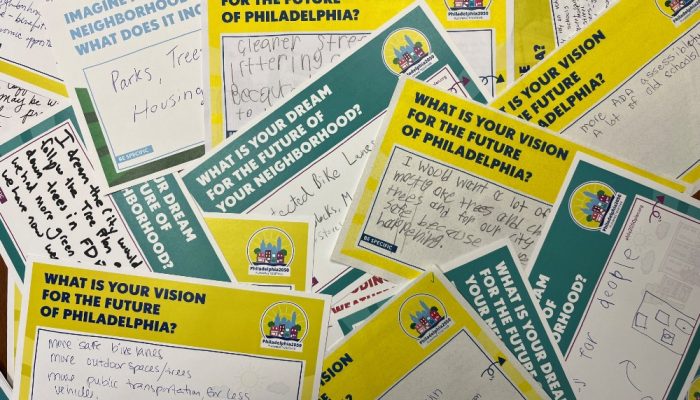In policy circles calling rental housing ‘affordable’ usually implies a subsidy to the tenant or landlord. This is what keeps the rent below market rates.
Subsidized housing is essential in Philadelphia. But there is another important type of affordable housing – homes that are “naturally” affordable, usually because of their age or location.
These are homes with market-rate rents between $650-$1,700 a month. They are affordable to tenants making between $26,000-$69,000 a year.
Most naturally occurring affordable housing (NOAH, for short) is in “middle neighborhoods.” Think stable, low-pressure housing markets like Oxford Circle, Wynnefield, and Frankford.
Philadelphia has about 70,000 NOAH rental properties. Small landlords with five or fewer rental properties own around 65% of the NOAH stock.
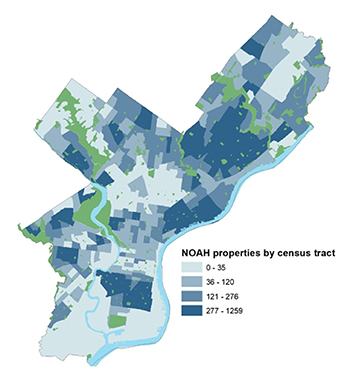
Many of these properties have repair needs. On a scale of one to 10 their average condition score is 5.5.
In some areas of the city, rising rents and home values threaten the affordability of NOAH properties. Keeping this housing stock affordable – and improving its quality – requires thoughtful policies and programs. Philadelphia’s Housing Action Plan calls for preserving NOAH. It is part of a larger strategy to ensure affordable, quality housing for 20,000 low- and moderate-income households by preserving existing housing.
The Plan provides a clear goal. The next step was to identify a set of actions to achieve it.
Earlier this year the Urban Land Institute (ULI) and the Division of Housing and Community Development (DHCD) convened a NOAH Study Visit. Eight local and national experts met with more than 40 local stakeholders.
Together they collected the most promising strategies for preserving and improving NOAH. Their report Preserving Philadelphia’s Naturally Occurring Affordable Housing includes the following recommendations:
- Support small landlords through low-cost repair loans. PHDC’s Rental Improvement Fund and Working Capital Loan Fund is a good starting point.
- Create a user-friendly web portal to connect landlords with resources. The portal would include information about repair programs and support services.
- Invest in upfront subsidies to maintain long-term affordability. The City’s shallow rent subsidy pilot program is one example.
- Partner with utilities and other city agencies to offer incentives for energy efficiency improvements. Chicago does this with its Energy Savers program.
Our work is not done. We must refine the recommendations and convert them into concrete policy and program proposals.
But our experts and local stakeholders have us well on our way

